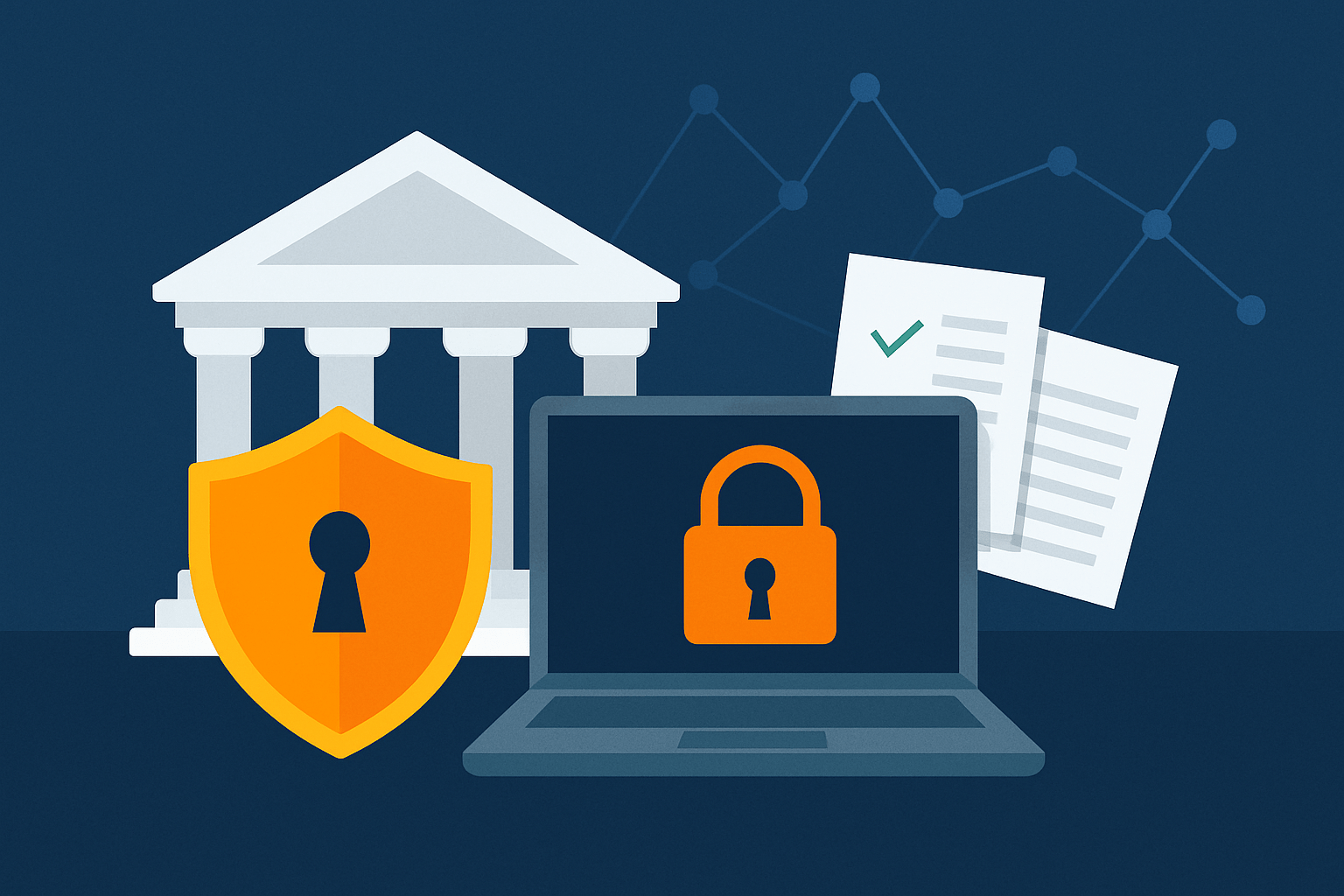The Role of Employee Training in Cybersecurity: Building a Human Firewall

In today’s digital age, where data breaches and cyberattacks are on the rise, organisations face a formidable adversary within their own ranks—human error in cybersecurity. Despite the most advanced technology and security measures, the weakest link in the cybersecurity chain often turns out to be the employees themselves. In this guide, we’ll explore the critical role of employee training in addressing the challenges posed by human error in cybersecurity and building a robust human firewall to protect your organisation.
Understanding the Threat of Human Error in Cybersecurity
Before we delve into the importance of employee training, it’s essential to comprehend the scope of the issue. Human error in cybersecurity refers to the mistakes or lapses in judgement made by individuals within an organisation that lead to security breaches or vulnerabilities. These errors can take various forms, including:
1. Phishing Vulnerabilities
Employees falling victim to phishing emails and unknowingly disclosing sensitive information or credentials to cybercriminals.
2. Weak Password Practices
Using weak passwords, sharing login credentials, or failing to regularly update passwords, making it easier for hackers to gain unauthorised access.
3. Misconfigured Systems
Mistakenly configuring security settings or permissions in a way that exposes sensitive data or resources to the public internet.
4. Unsecured Devices
Failing to secure personal devices used for work, such as smartphones or laptops, which can be compromised and used as entry points for cyberattacks.

The Importance of Employee Training to build a human firewall
To mitigate the risks associated with human error in cybersecurity, organisations must prioritise comprehensive employee training. Training programs should cover a range of topics and be an ongoing effort to keep employees informed and vigilant.
1. Recognising Phishing Attacks
Phishing attacks are a prevalent form of cybercrime, and employees are often the first line of defence. Training should educate employees on how to recognize phishing emails, suspicious links, and social engineering tactics. Regular simulated phishing exercises can help reinforce these lessons and sharpen employees’ ability to spot potential threats.
2. Password Security
Proper password hygiene is crucial for safeguarding sensitive information. Employees should be trained on creating strong, unique passwords, using password managers, and understanding the risks of password reuse. Encourage the use of multi-factor authentication (MFA) wherever possible to add an extra layer of security.
3. Secure Configuration Practices
Mistakes in configuring systems and permissions can have severe consequences. Employee training should emphasise the importance of secure configurations, including access controls, firewall settings, and data encryption. Make sure employees understand the potential impact of misconfigurations and how to avoid them.
4. Mobile Device Security
In today’s mobile workforce, securing personal devices used for work is paramount. Training programs should cover topics such as mobile device encryption, remote wiping, and the installation of security updates. Employees should also be educated on the risks associated with public Wi-Fi networks and how to protect their devices when connecting to them.
Continuous Firewall Learning and Adaptation
Cyber threats are continually evolving, and so should your employee training programs. It’s essential to foster a culture of continuous learning and adaptability within your organisation. Provide employees with up-to-date information on emerging threats and cybersecurity best practices. Encourage them to report any security incidents or concerns promptly.
Promoting a Culture of Responsibility
Employees are more likely to take cybersecurity seriously when they understand the implications of their actions. Encourage a sense of responsibility by emphasising how each individual’s behaviour can impact the overall security of the organisation. Recognition and rewards for vigilant employees can also incentivise cybersecurity awareness.
Conclusion
In an age where cyber threats are constantly evolving and becoming more sophisticated, addressing human error in cybersecurity is crucial for any organisation’s defence strategy. While technology and software solutions play a vital role in protecting your digital assets, the human element remains a significant factor. Employee training not only helps reduce the risk of human error but also empowers your workforce to actively participate in safeguarding your organisation’s sensitive information.
Investing in comprehensive cybersecurity consultation programs can have a profound impact on your organisation’s overall security posture. By educating employees on recognising phishing attacks, practising strong password security, configuring systems securely, and ensuring mobile device security, you can significantly reduce the likelihood of human error leading to a security breach.
Remember that cybersecurity training is not a one-time event; it’s an ongoing effort that should adapt to emerging threats. Foster a culture of responsibility and continuous learning within your organisation, and you’ll be well on your way to building a formidable human firewall against cyber threats.
If you have any questions about employee training in cybersecurity or need guidance on implementing effective training programs for your organisation, please don’t hesitate to get in touch with us.
We’re here to help you strengthen your cybersecurity defences and protect your business from the ever-present threat of human error. Stay vigilant, stay secure!



